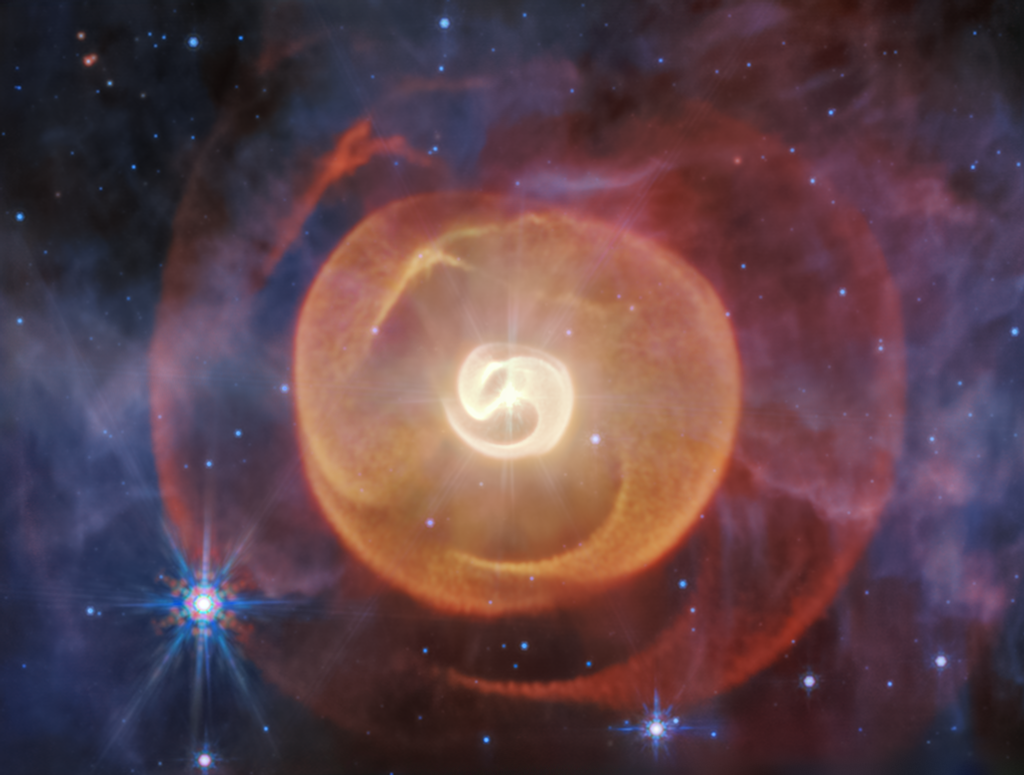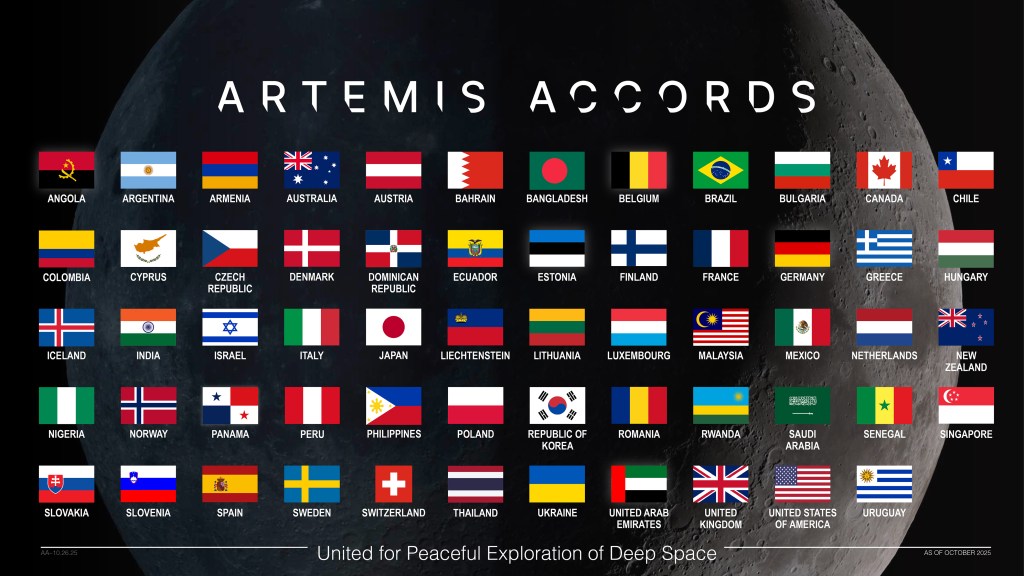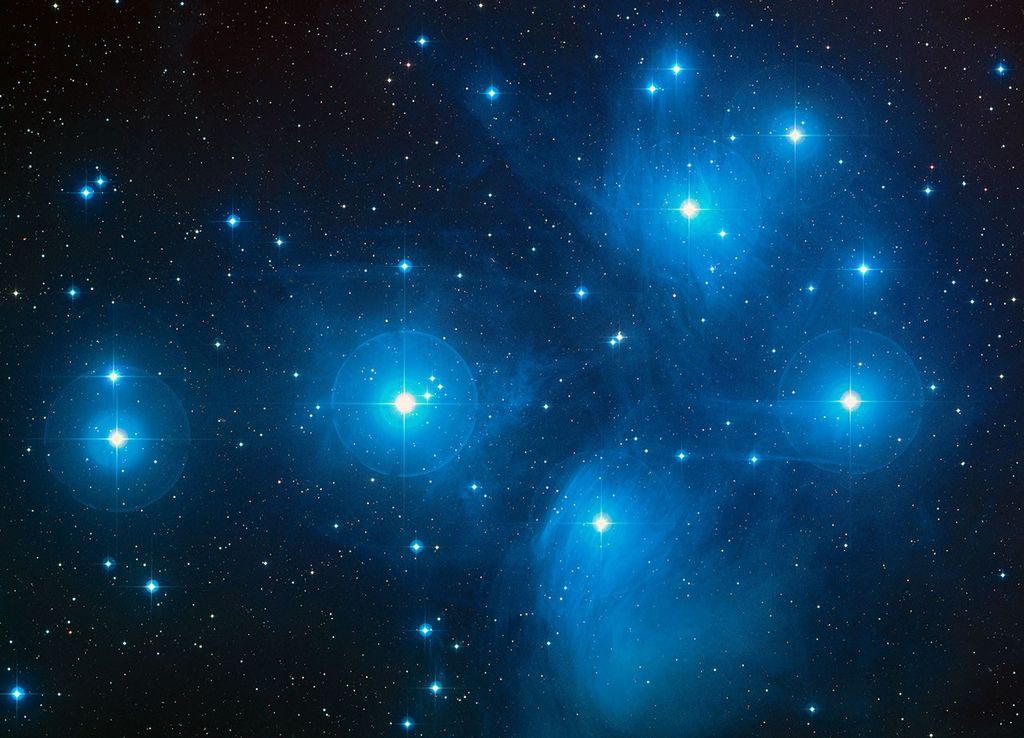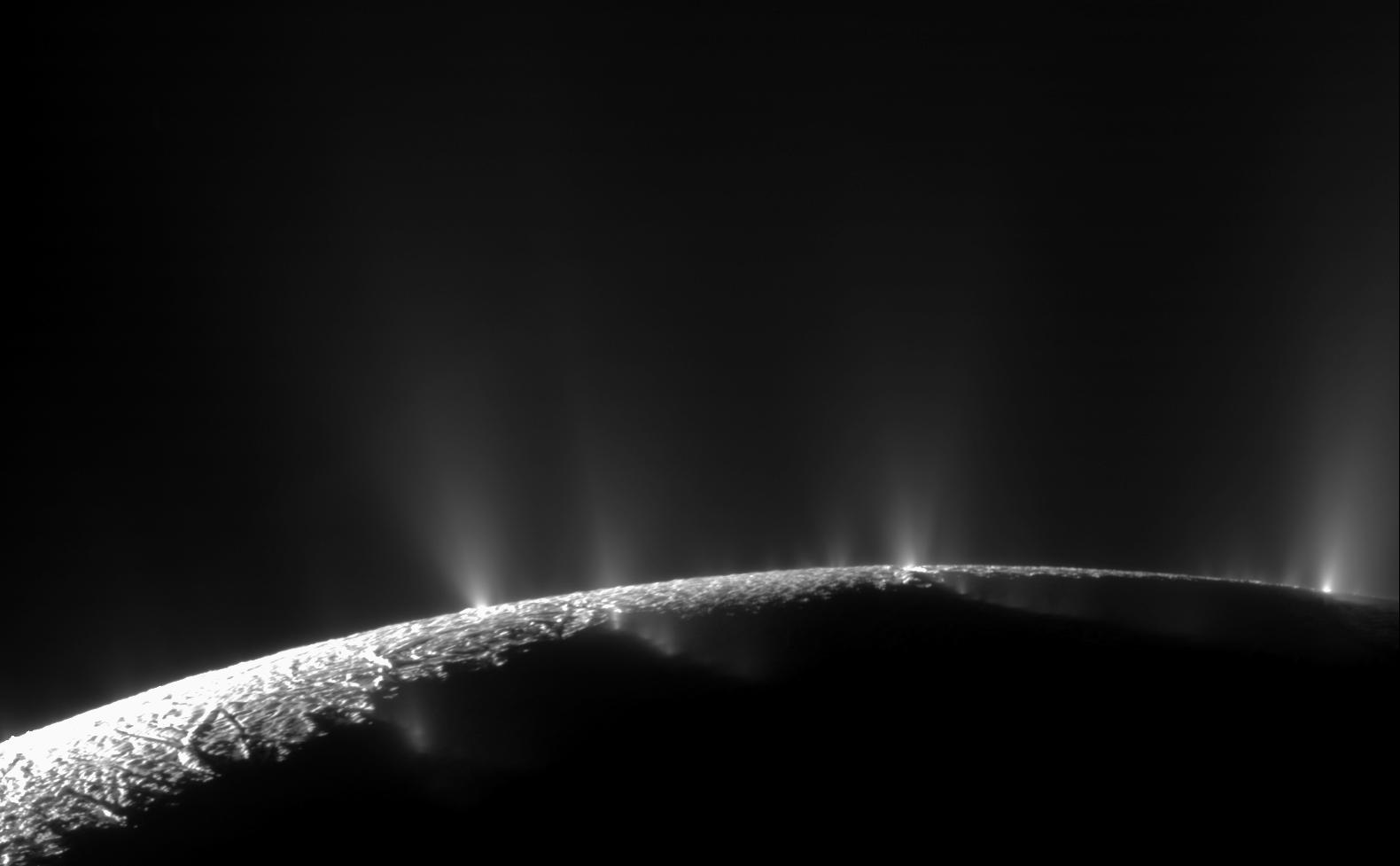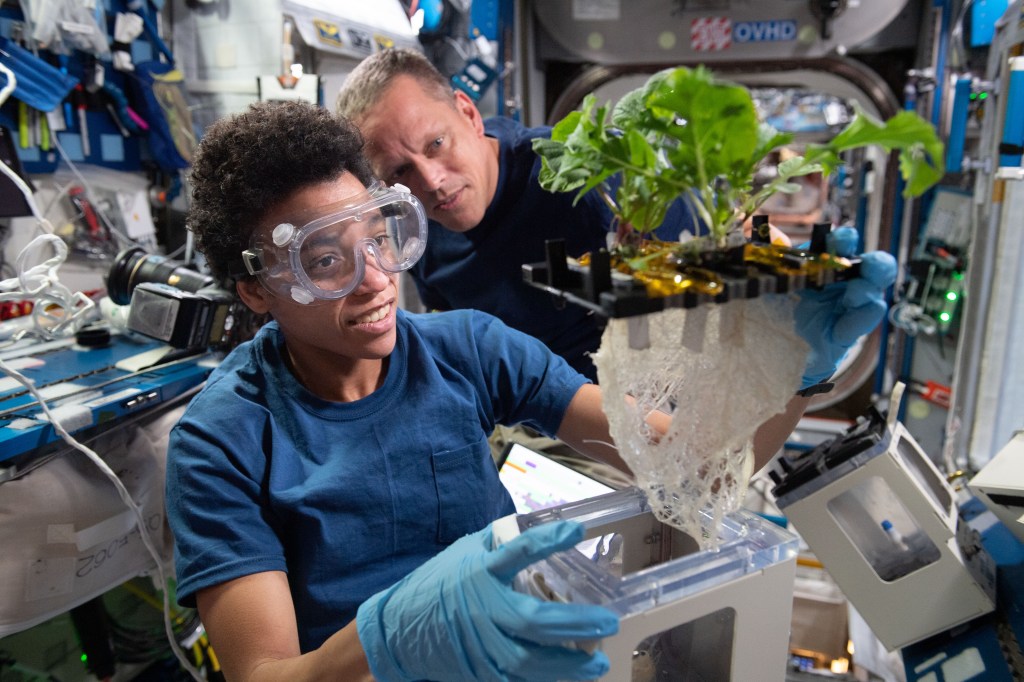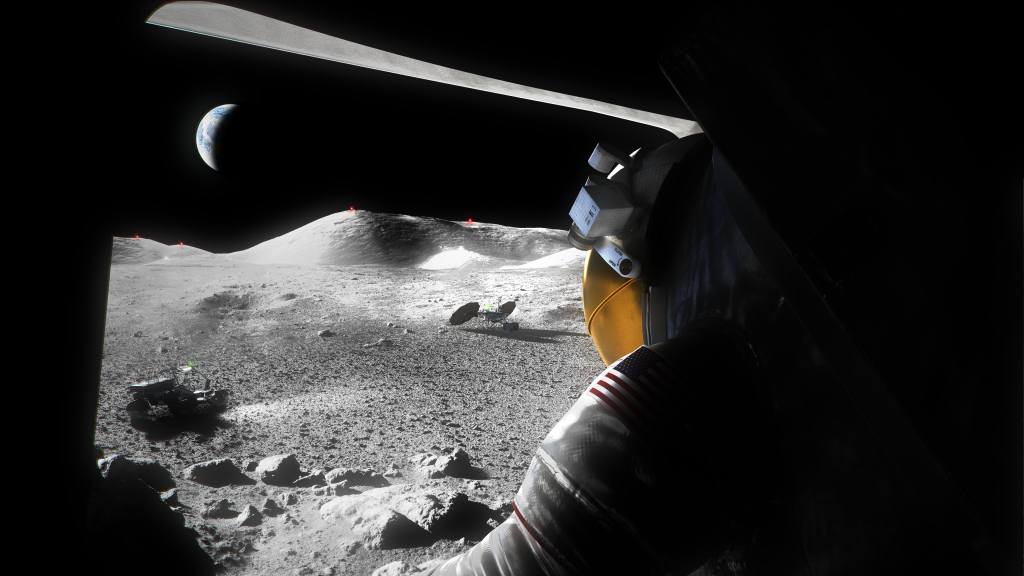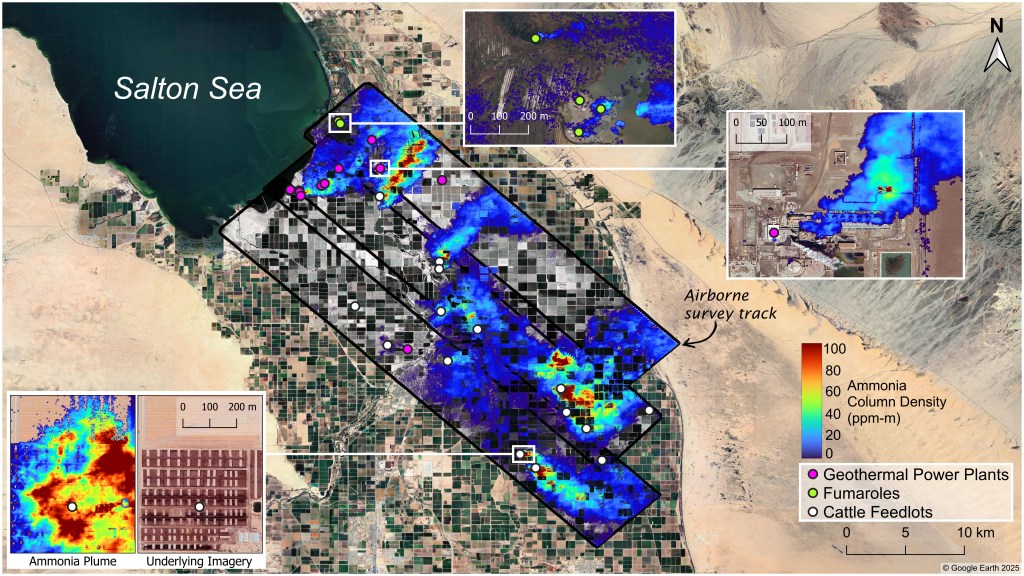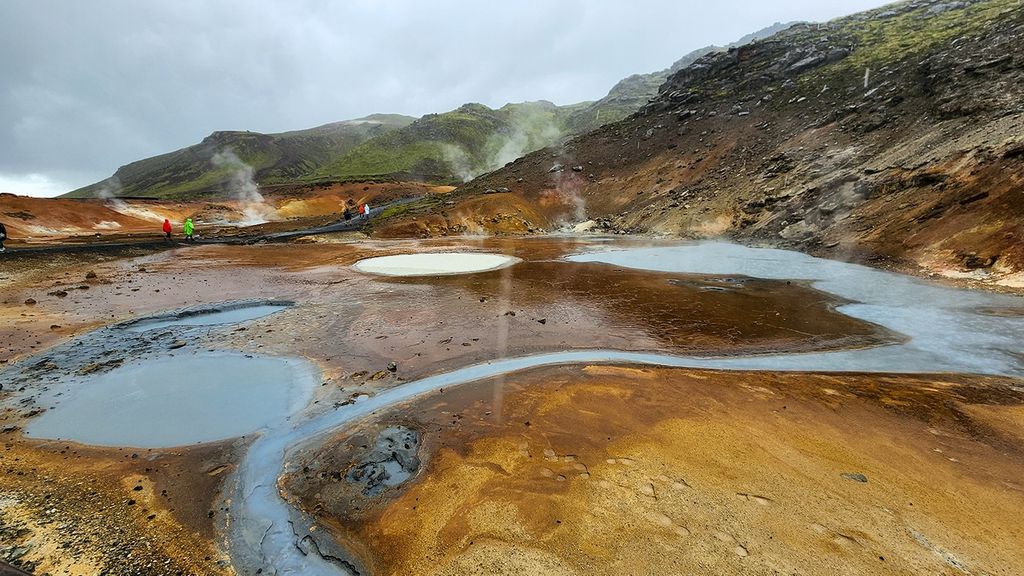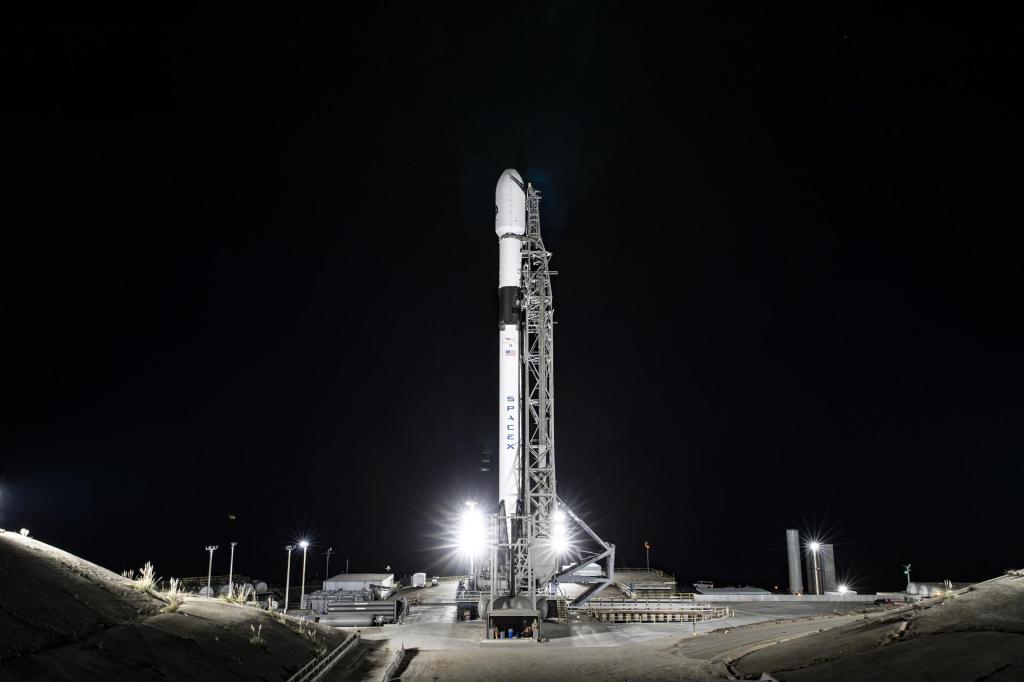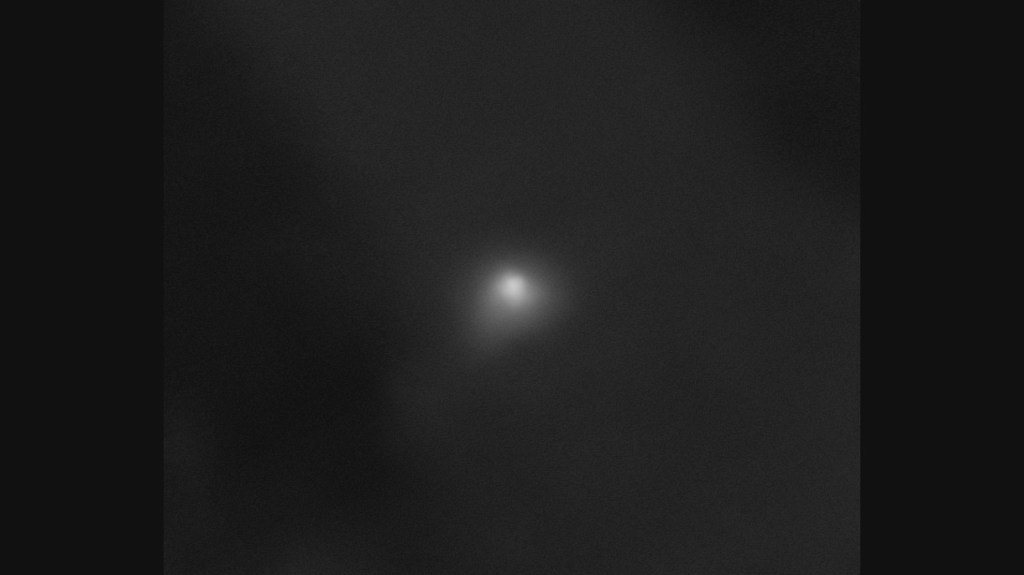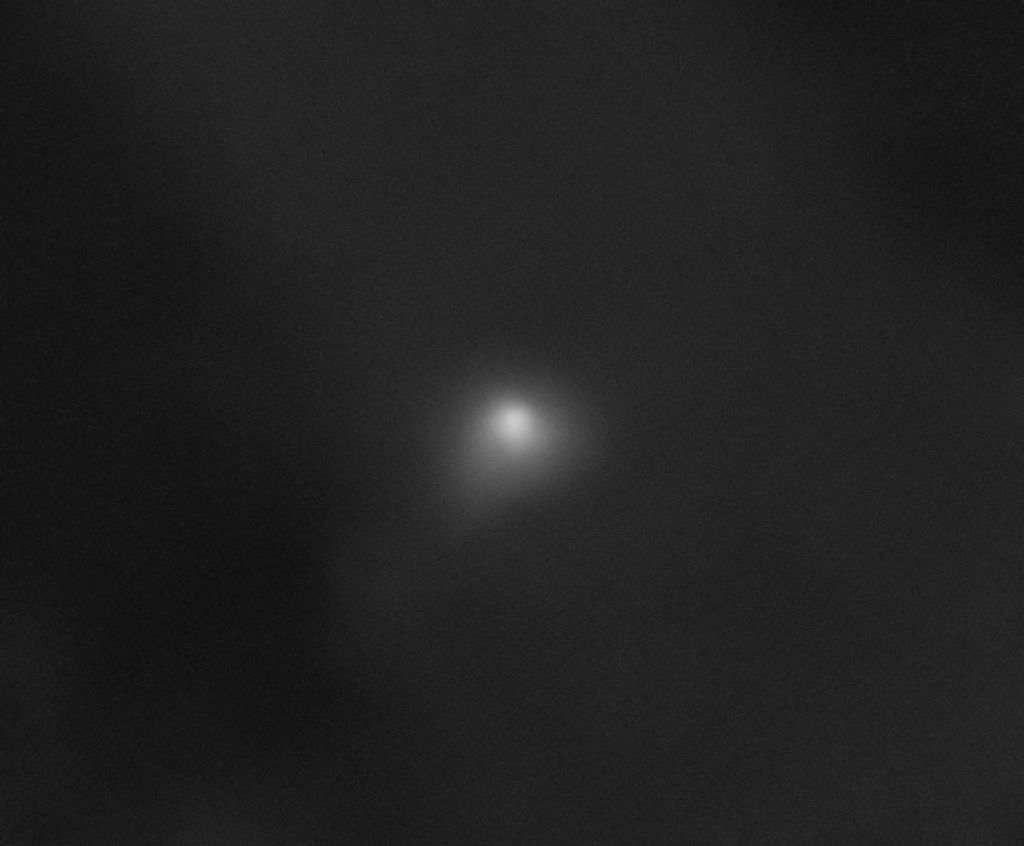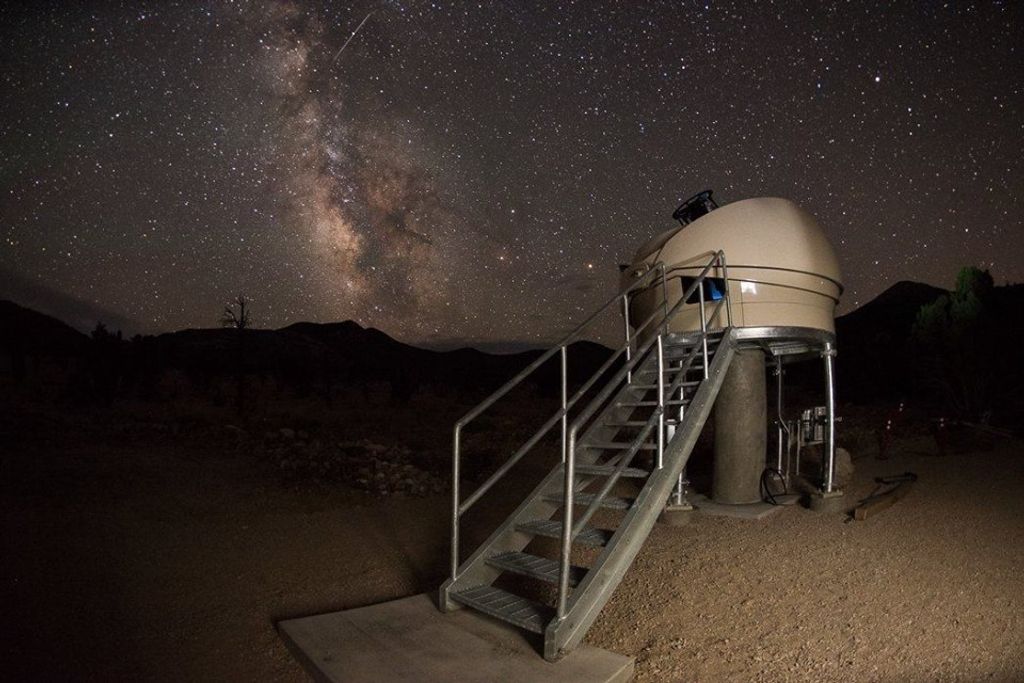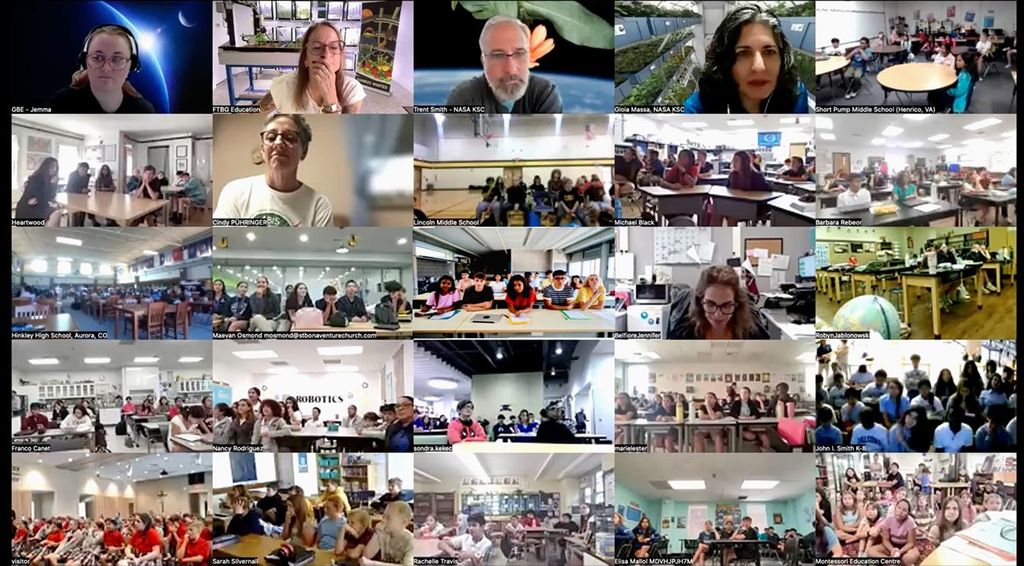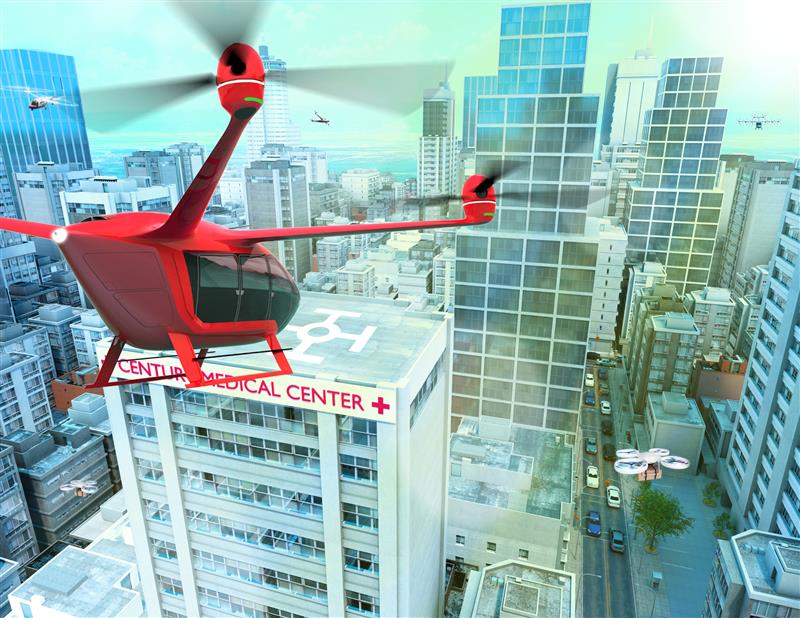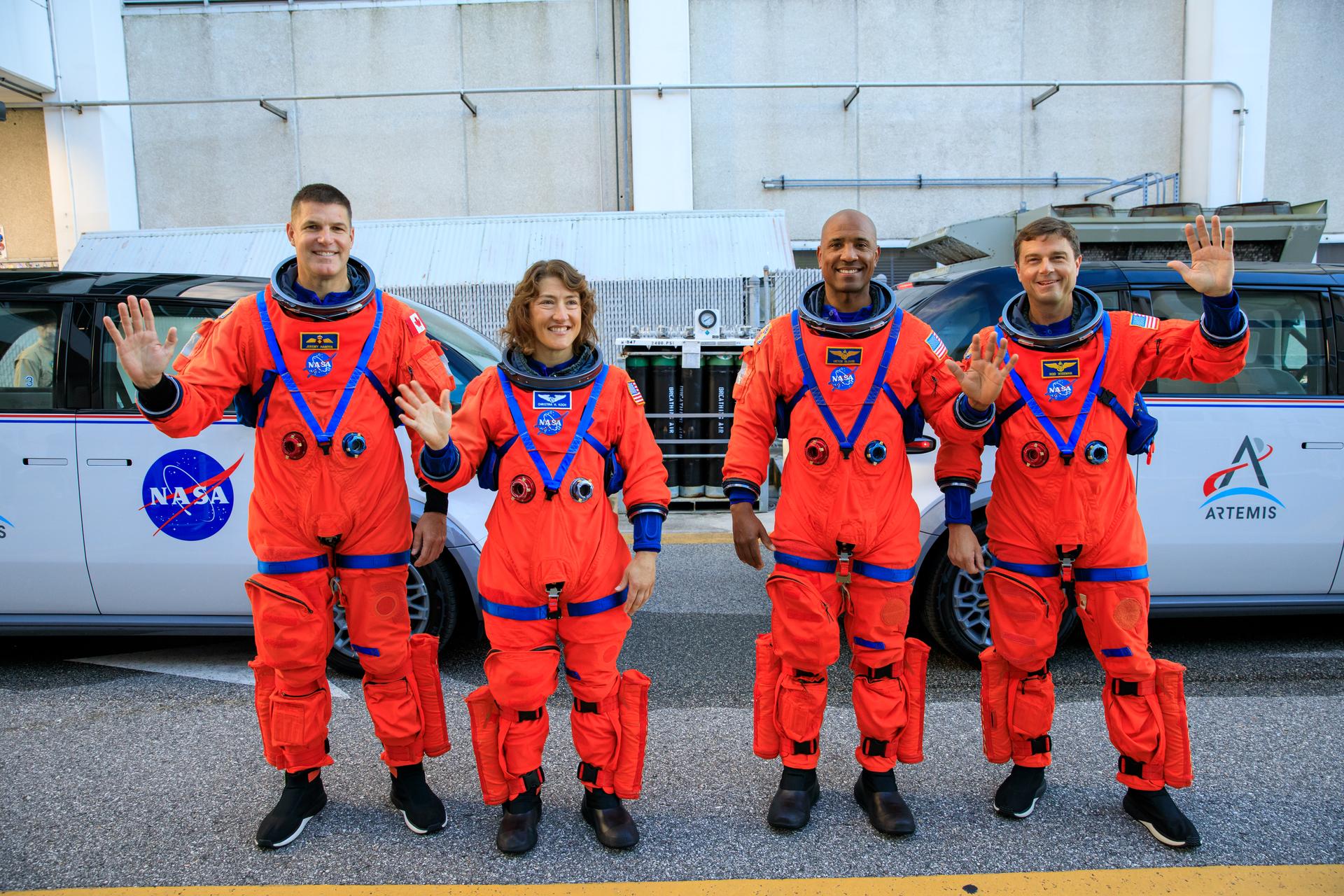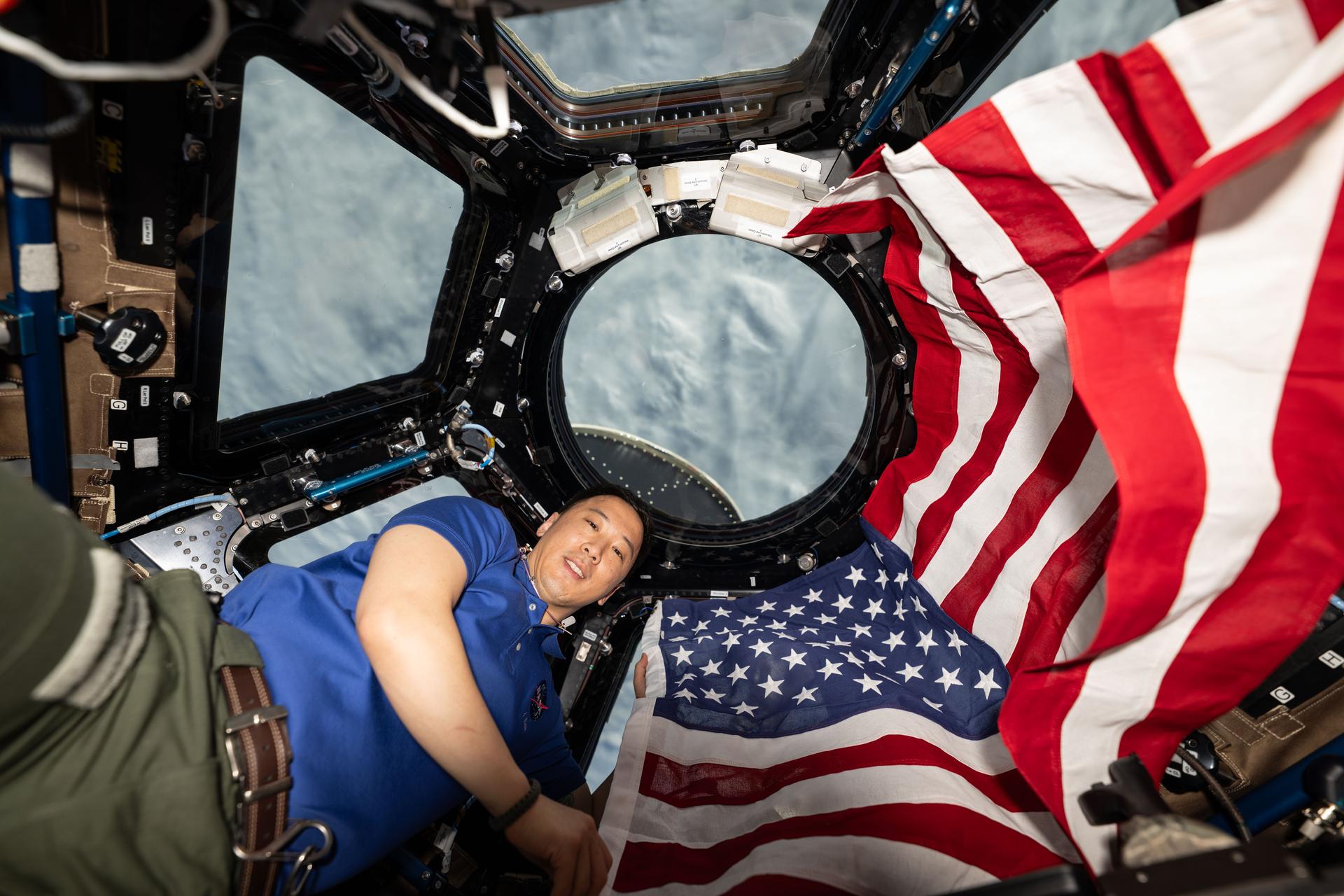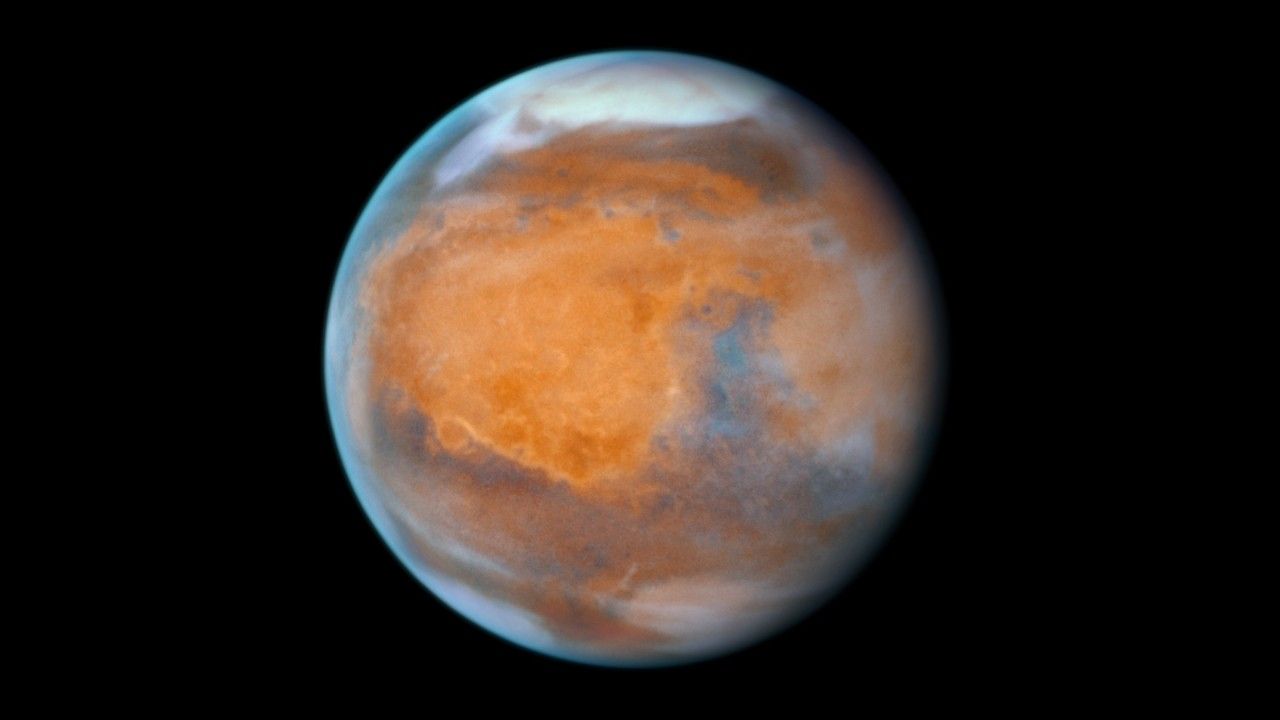1 min read
Rosette Nebula
This video offers a close-up look at a small portion of the magnificent Rosette Nebula, as photographed by the Hubble Space Telescope. Though Hubble cannot take three-dimensional pictures, this video is a visualization treatment of the photo to give a sense of depth with foreground and background stars and dust clouds separated in space. This vast star-forming region lies at one end of a giant molecular cloud in the constellation Monoceros. The nebula is located about 5,000 light-years away. Intense radiation from the young stars inside a cluster in the nebula causes the gasses to glow. The colors come from the presence of hydrogen, oxygen, and nitrogen.
- Release DateApril 23, 2025
- Science ReleaseEye on Infinity: NASA Celebrates Hubble’s 35th Year in Orbit
- CreditVideo: NASA, ESA, STScI, Gregory Bacon (STScI), Joseph DePasquale (STScI), Leah Hustak (STScI), Danielle Kirshenblat (STScI), Frank Summers (STScI)
Related Images & Videos

Mosaic of Hubble 35th Anniversary Targets
A selection of photogenic space targets to celebrate the 35th anniversary of NASA's Hubble Space Telescope. Upper left: Mars. Upper right: planetary nebula NGC 2899. Lower left: a small portion of the Rosette Nebula. Lower right: barred spiral galaxy NGC 5335.

Rosette Nebula Context Image
The Rosette Nebula is a vast star-forming region, 100 light-years across, that lies at one end of a giant molecular cloud. The background image is from the Digitized Sky Survey, while the inset is a small portion of the nebula as photographed by the Hubble Space Telescope.

Planetary Nebula NGC 2899
This video zooms across 6,500 light-years through a star-studding field to visit the planetary nebula NGC 2899, as photographed by the Hubble Space Telescope. The nebula has a diagonal bipolar structure formed by a cylindrical-shaped outflow of hot gasses and radiation from the c...
Share
Details
Claire Andreoli
NASA’s Goddard Space Flight Center
Greenbelt, Maryland
claire.andreoli@nasa.gov

